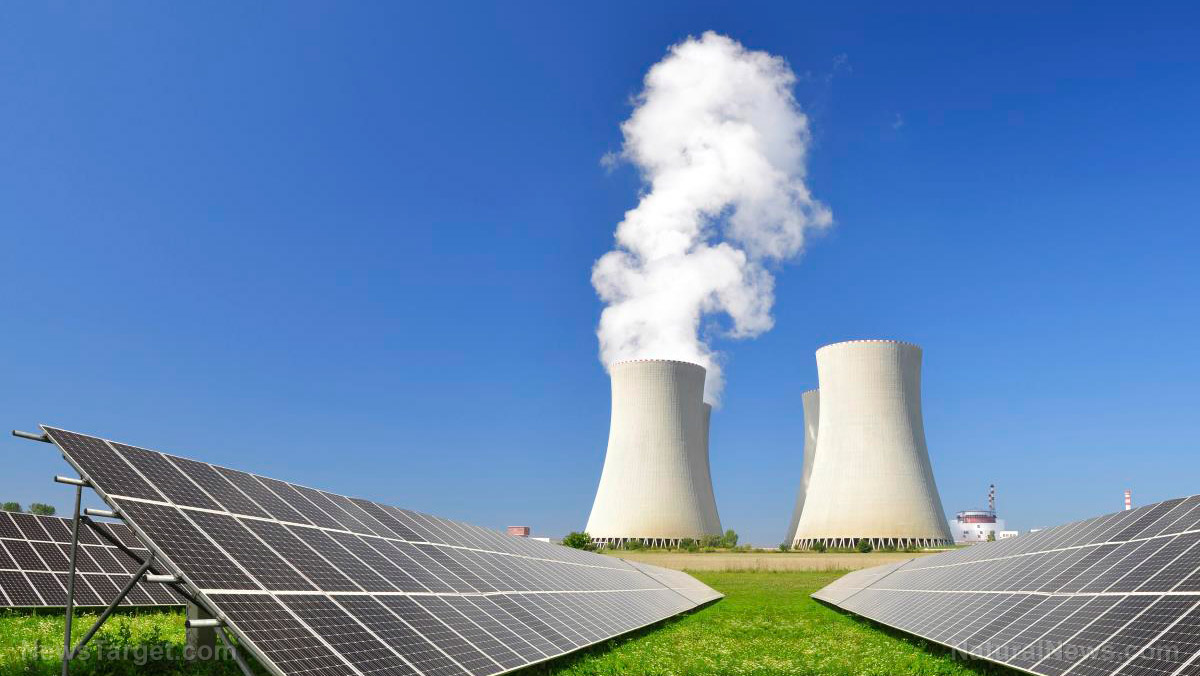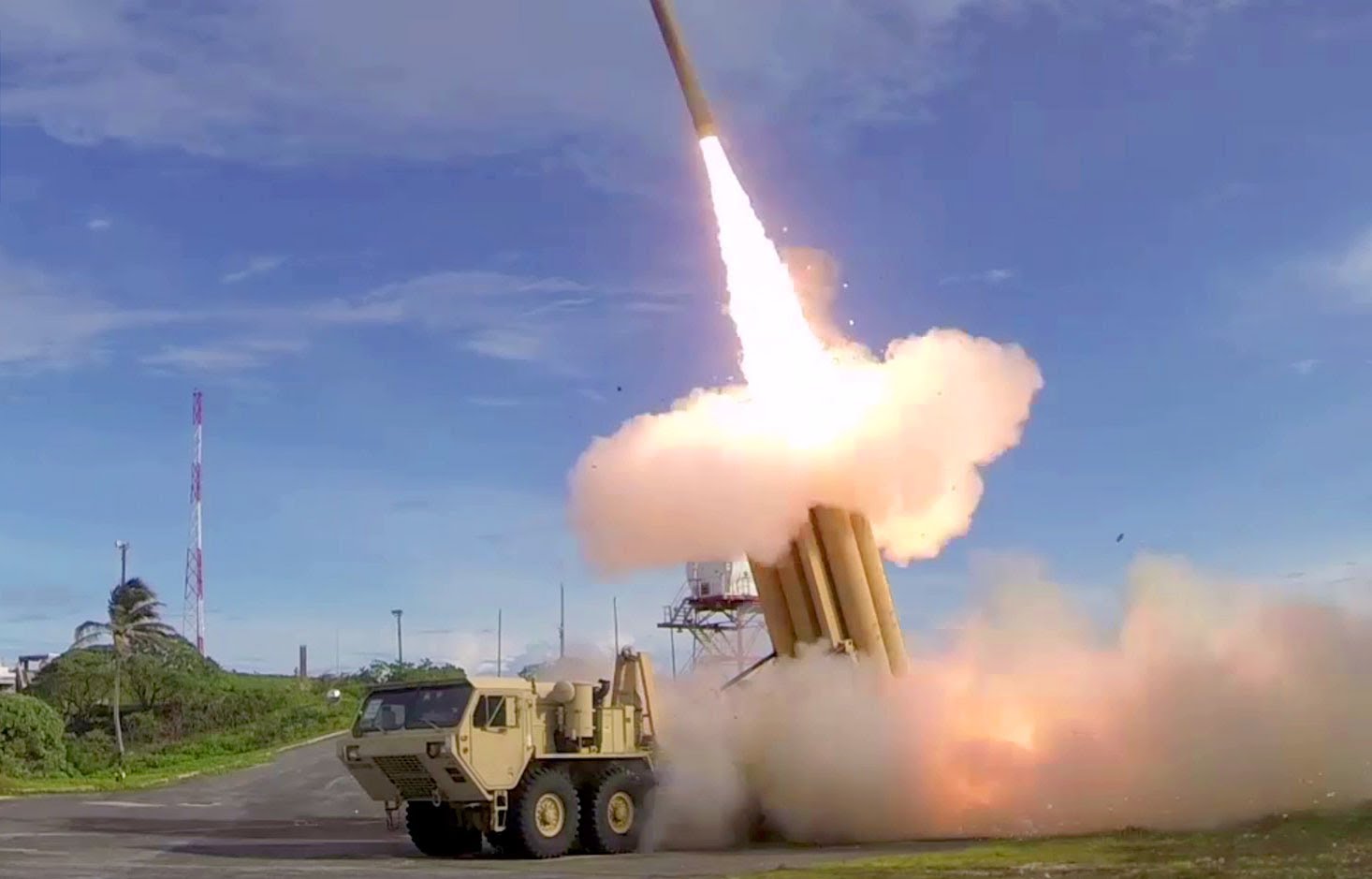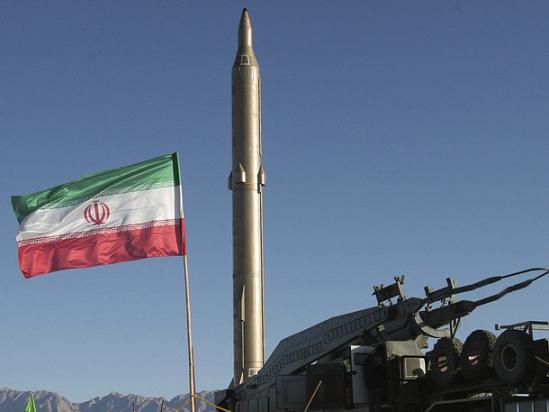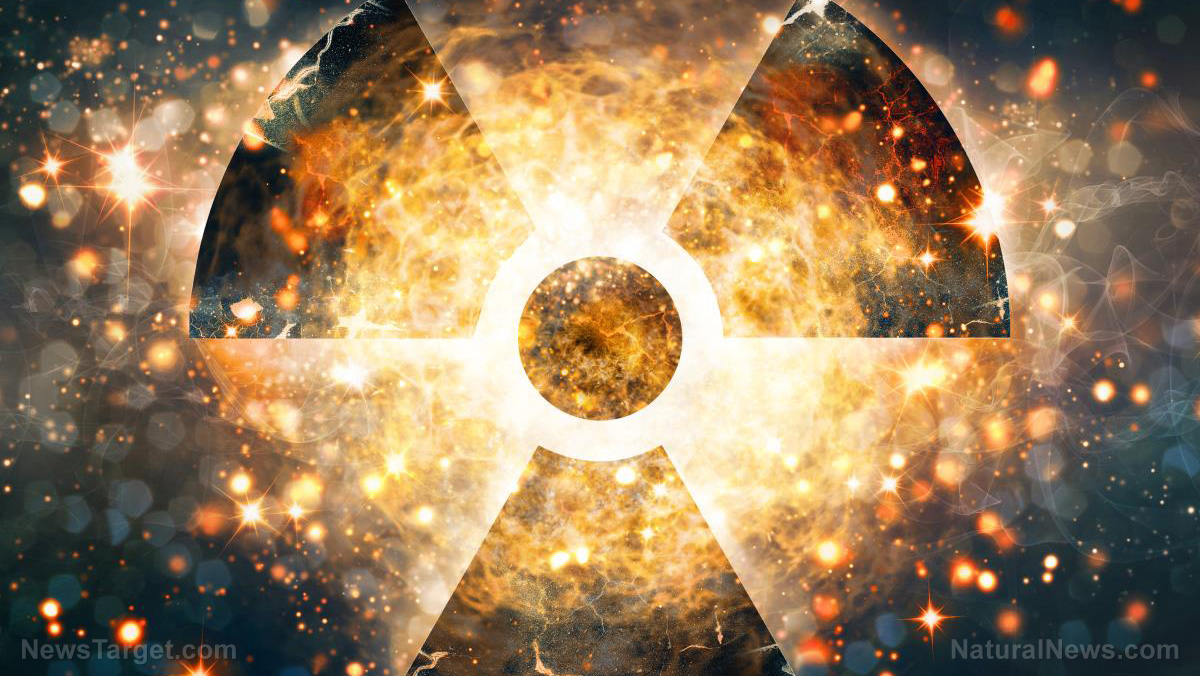Life-changing fund helping Americans poisoned by the government’s atomic program is set to expire
12/07/2023 / By Cassie B.

A program that has enjoyed bipartisan support over the last few decades providing financial assistance to Americans who were sickened by radiation from the U.S. atomic program is set to expire, and lawmakers, advocates and victims are pushing Congress to extend it.
The U.S. government has poisoned countless American citizens for decades as a result of its atomic weapon program. It has affected people throughout the nation, from communities that were exposed to waste from the Manhattan Project in Missouri to Texas uranium mine workers and Native Americans who lived downwind from the sites of nuclear tests in the West. Many Americans died as a result of their exposure, and even more were poisoned and sickened.
The Radiation Exposure Compensation Act was first passed more than 30 years ago and provides compensation to the many Americans who were exposed to radiation as a result of the government’s atomic testing and uranium mining programs. Some of those who fall under its purview include people who lived in Arizona, Nevada and Utah while nuclear testing and uranium mining took place during World War II.
From the 1940s to the 1960s, the U.S. carried out around 200 atmospheric nuclear tests, and those who lived in the area of these tests were exposed to fallout, as were those who lived downwind from test sites. They caused radiation to rain down on farms and people’s homes.
The damage extended beyond the tests, however; it is also important to acknowledge the tens of thousands of workers who mined and processed uranium and worked in the facilities that developed atomic weapons. Many of them ended up developing cancer due to their exposure to toxic substances.
The Radiation Exposure Compensation Act has enjoyed bipartisan support through the years. After being signed into law by president George H.W. Bush, it was later reauthorized and given additional powers by President Bill Clinton. Last year, President Biden signed a short extension to it that received unanimous approval from Congress.
Unfortunately, this life-saving measure is set to expire. If Congress does not reauthorize it in its annual defense bill, the victims of what has been described as one of the biggest environmental disasters in the history of the U.S. will be on their own. Many of those exposed to radiation have cancers that make it difficult to hold down a full-time job, making the compensation a valuable lifeline.
Senator Orrin Hatch wrote that updating the act was a “moral imperative” in 2020, noting that “if we let it expire, we leave hundreds of Navajo men and women unable to pay their medical bills for issues directly related to radiation poisoning.”
In July, the Senate adopted an amendment from Senators Josh Hawley, Mike Crapo, Eric Schmitt, and Ben Ray Lujan extending the program for 19 more years and strengthening it, expanding it to cover more affected areas, like Missouri, New Mexico, Colorado, Idaho, Montana and Guam. This passed with a bipartisan supermajority, demonstrating the overwhelming support behind it.
Letting the act expire would be “a slap in the face to victims everywhere”
Now, however, there are fears it could be a casualty of a broader fight over the final form of the bill and that it could be stripped from it entirely, something that Senator Hawley has said would be “a slap in the face to victims everywhere if our leaders in Congress decide to kneecap the Americans who suffered from these nuclear programs and instead ship billions and billions to defense contractors or foreign wars.”
Senator Hawley said that some of his colleagues in Congress are concerned about the cost of the program, but he pointed out that the government can always seem to find money to help foreign countries and pay defense contractors.
“Can we not make whole the people of this nation who have been poisoned by their own government?” he asked.
Sources for this article include:
Submit a correction >>
Tagged Under:
big government, dangerous, finance riot, insanity, Manhattan Project, military tech, money supply, nuclear, nuclear tests, nuclear weapons, poison, radiation, Radiation Exposure Compensation Act, RECA, toxins, weapons technology
This article may contain statements that reflect the opinion of the author
RECENT NEWS & ARTICLES
COPYRIGHT © 2017 NUCLEAR NEWS




















